|
Daewon CI The Power of South Korean Comics
2018.01
Daewon Culture Industry(Daewon C.I.), formerly called Daewon Donghwa(1991), is one of South Korea's representative cartoon publishers. As one of the cornerstones for South Korea's comics industry, it has walked hand in hand with the history of the country's cartoons for the past 27 years. Daewon C.I. is a subsidiary of content licensing company Daewon Media and one of its more successful businesses.
KPIPA Tell us about Daewon C.I.
Park Daewon C.I. was previously Daewon Donghwa, which was established by chairman Uk Jeong, one of South Korea's founding fathers of animation. In the 1980s, Daewon Donghwa released comics such as Dokgo Tak: Throw Towards the Sun (1983), My Name Is Dokgo Tak (1984) and Dokgo Tak Takes to the Mound Again (1988), which were the Dokgo Tak series. And around this time, Daewon was the first to produce a television animation, which was called The Wandering Magpie (1987). Later, we created Young Shim (1990)(Original work: Gum-tak Bae) and Run Hany (1988)(Original work: Jin-joo Lee) that both rose to nationwide fame. I think Koreans in their 30s and 40s who have one character in their hearts likely have Daewon Donghwa to thank.
From left, comics characters Dokgo Tak, Hany and Young Shim
In 1991, the first issue of Boy Champ (name later changed to Comic Champ in 2002) was published and at the time, if comics weekly IQ Jump from Seoul Manhwasa was for elementary school students, then Boy Champ targeted older students, even those older than middle schoolers. South Korean comic authors like Haeng-suk Ko of The Magician's Son Cory became received acclaim with that first issue. At the same time, we sought out new authors. At this time, Myung-jin Lee, who was in high school back then, won one of our competitions for budding talents and became a star author with An Evening Where Good Things Are Bound to Happen. Artists like Woo-young Lee, creator of Black Rubber Slippers also found fame through one of those competitions and later received much love from readers and fans.
After, Daewon published Touch (later renewed as Issue in 1995) in 1993 which carried comics of a softer, more romantic nature. It also released Young Champ in 1994 geared towards high school students and left many works to be long remembered in the history of South Korean comics.
KPIPA We've been talking about the history Daewon C.I. has experienced. I don't think we can leave out mention of your most representative works. Can you tell us about them?
For children we have Banji's Secret Diary (original title: Banji's Silly Secret Diary). It was a series first released in 2002 through Issue. In book form, it has 18 parts. Currently it has been adapted into a television animation being shown on KBS 1, Animax and the Disney Channel. Young viewers love the show. The character goods from the show are often called the hottest presents for children on Children's Day(a public holiday in Korea).
KPIPA The cartoons you mentioned so far have extended their success in different forms like games, animation series and television dramas. What do you think is the secret behind their success?
Park
The publication industry on a whole has witnessed a major shift from paper books to digital publications. Going forward, we can only expect new platforms to emerge and it will be our responsibility to adapt to them. For example, the word "webtoon" was pretty much coined in South Korea. As the market for paper books shrank, the webtoon platform emerged to aggressively draw in consumers. This all worked because paper books were already experiencing a shift to digital form and webtoons were becoming readily accessible to readers on their smartphones.
KPIPA Last year, the acclaimed Japanese manga One Piece celebrated its 20th year anniversary. It's a piece of work that has truly claimed several markets. In comparison, where can we find the competitive edge for South Korean cartoon markets?
Park You can find long-term series at home too, like Yul Hyul Gang Ho. What's most important though is that you have to have a firm base in order to maintain content like this. Japan is hands down a very strong country when it comes to comics content. And as such, the systems inside their manga industry work very well with each other. South Korea's competitive edge may be found in hardware technology. It can't be done with just the efforts of the companies that create the comics; it needs the interest and efforts of all institutions connected to this issue to show the cartoons on various platforms.
KPIPA Many of the comics from Daewon C.I. have been exported abroad. Who is your biggest customer country?
Park Daewon C.I. has exported copyrights of some of its most excellent work to more than 50 countries, including Japan, China, Thailand, the United States, France and Italy. And among similar companies, we were one of the first to do so. Some of the work we've exported include Yul Hyul Gang Ho, Witch Hunter, Maje, Model, Archroad, Dajung Dagam and CEL. We have more than 3,000 titles currently being sold abroad.
The first country we sold comics to was Taiwan back in 1994. Street Knight: Red Hawk (written and illustrated by Sang-wan Ji, Ju-wol So) was published in a magazine there. Myung-jin Lee's Ragnarok and Minwoo Hyung's Priest were also exported and in the latter's case, it became the first Korean comic to be turned into a Hollywood movie.
KPIPA Lastly, are there any Korean comics you think our offshore readers should know about?
Park
There are quite many Korean cartoons I'd like to introduce. There are many artists and authors who are new to the scene but quite talented and the reason why we continue our efforts to find new talent through competitions and other ways is to tap into their fresh imagination and creativity. In the case of more experienced authors, their work quite often mirrors their strong individualities. Among these, I'd like to talk about three.
Guilty-Innocence features gay characters and what's interesting about this comic is that the author is also a doctor. Rather than reinforcing stereotypes about the homosexual community, the comic has many fresh and interesting elements to it. It also addresses 'death with dignity' in its own way.
Written by Ji-hye Gwon Ji-hye Gwon |
|||||
Pre Megazine
-

Review of Seoul International Book Fair 2017
VOL.1
2017.06 -

Visiting Book Fair Thailand 2017
VOL.1
2017.06 -

Translated and Published in Taiwan, Meet Chin-Myong Kim's THAAD
VOL.1
2017.06 -

Independent Publishing
VOL.2
2017.07 -

A Korean Publisher Growing With the World
VOL.2
2017.07 -

Gilbut Children
VOL.2
2017.07 -

Character Licensing Fair 2017
VOL.2
2017.07 -

The Online and Digital Marketing of South Korea's Publishing Industry
VOL.3
2017.08 -

Golden Bough
VOL.3
2017.08 -

Black Forest
VOL.3
2017.08 -

2017 Korea Book Fair in Vietnam
VOL.3
2017.08 -

Ji-hyeon Lee's Pool
VOL.3
2017.08 -

Characteristics of South Korean Web Novel Platforms and Ventures Overseas
VOL.4
2017.09 -

Publishing Educational Materials for 40 Years “Darakwon”
VOL.4
2017.09 -

Leading the Popularization of Art “Art Books”
VOL.4
2017.09 -

South Korea to Participate in 2017 International Istanbul Book Fair as Guest of Honor
VOL.4
2017.09 -

Haemin Sunim's The Things You Can See Only When You Slow Down
VOL.4
2017.09 -

The Present and Future of South Korea's "Screensellers"
VOL.5
2017.10 -

Humanist Books
VOL.5
2017.10 -

Dolbegae
VOL.5
2017.10 -

The 2017 Guadalajara International Book Fair
VOL.5
2017.10 -

Interview with You-jeong Jeong
VOL.5
2017.10 -

South Korea's Translated Literature Awards, Where Are They Now?
VOL.6
2017.11 -

UU Press
VOL.6
2017.11 -

Risu·Reading Cat Publishing Company
VOL.6
2017.11 -

Asian Publishers Fellowship Program in Seoul 2017
VOL.6
2017.11 -

Interview with author Soon-won Lee
VOL.6
2017.11 -

10 Keywords: South Korea's publishing industry in 2017 at a glance
VOL.7
2017.12 -

"NexusBOOKS"
VOL.7
2017.12 -

"SangSang Publications"
VOL.7
2017.12 -

2017 Bookstore Day
VOL.7
2017.12 -

Interview with Mi-kyoung Song
VOL.7
2017.12 -

Trends and news in South Korea's book design
VOL.8
2018.01 -

Agencies talk actual copyright export cases
VOL.8
2018.01 -

Daewon CI
VOL.8
2018.01 -

K-Books Blossoming in Central America
VOL.8
2018.01 -

Interview with author Jung-hyuk Kim
VOL.8
2018.01 -

Book Factory Dubulu
VOL.9
2018.05 -

Yaong Seoga
VOL.9
2018.05 -

Where Books and People Become Closer
VOL.9
2018.05 -

Interview with author Kim Tak-hwan
VOL.9
2018.05 -

Book Ecosystem Vision Forum - the 3rd
VOL.10
2018.06 -

The Birth of Publishing Company ‘BookGoodCome’
VOL.10
2018.06 -

Diverse Ways to Love Books
VOL.10
2018.06 -

Ha Seong-Ran, An Author Ready to Talk
VOL.11
2018.07 -

2018 Seoul International Book Fair ‘New Definition’
VOL.11
2018.07 -

GOZKNOCK ENT
VOL.11
2018.07 -

South Korea’s Literary Awards
VOL.11
2018.07




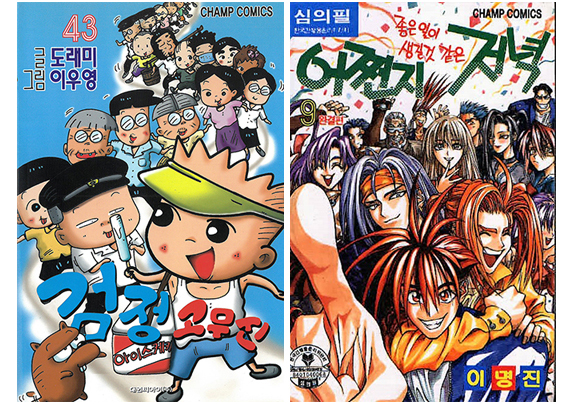
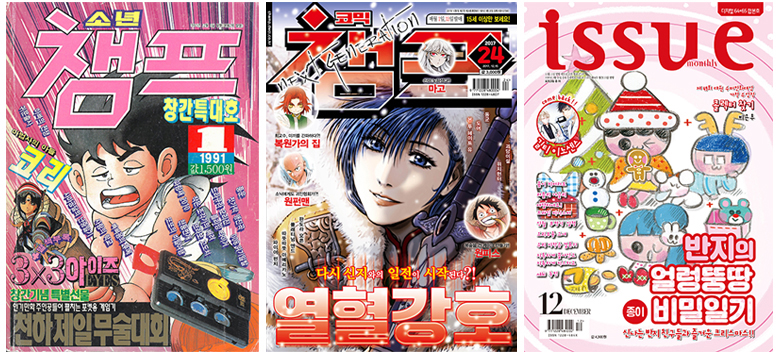
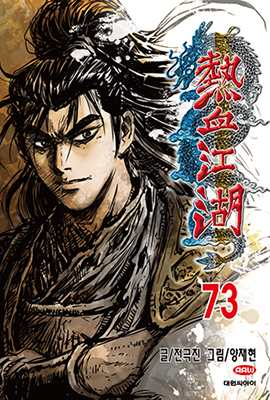
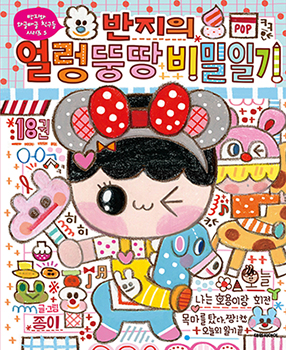

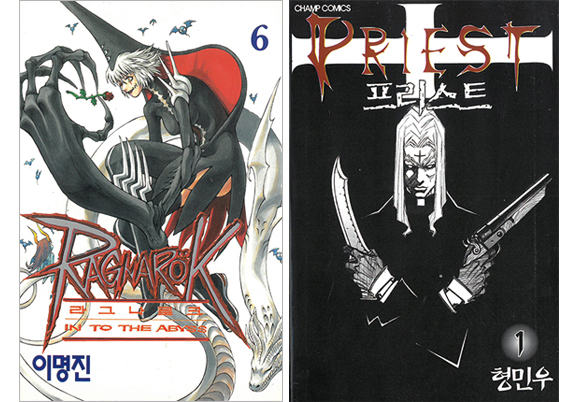
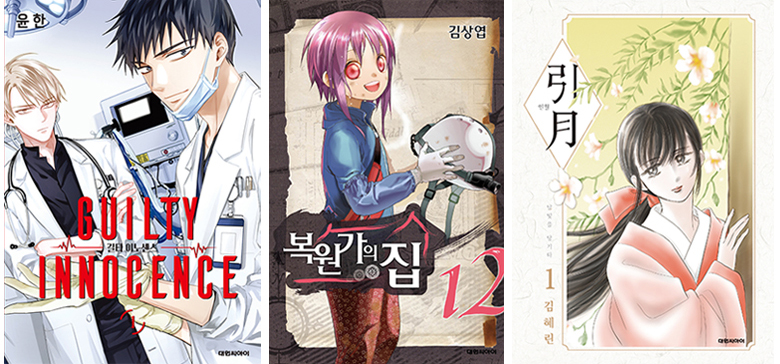
 Daewon C.I. Website:
Daewon C.I. Website: 




